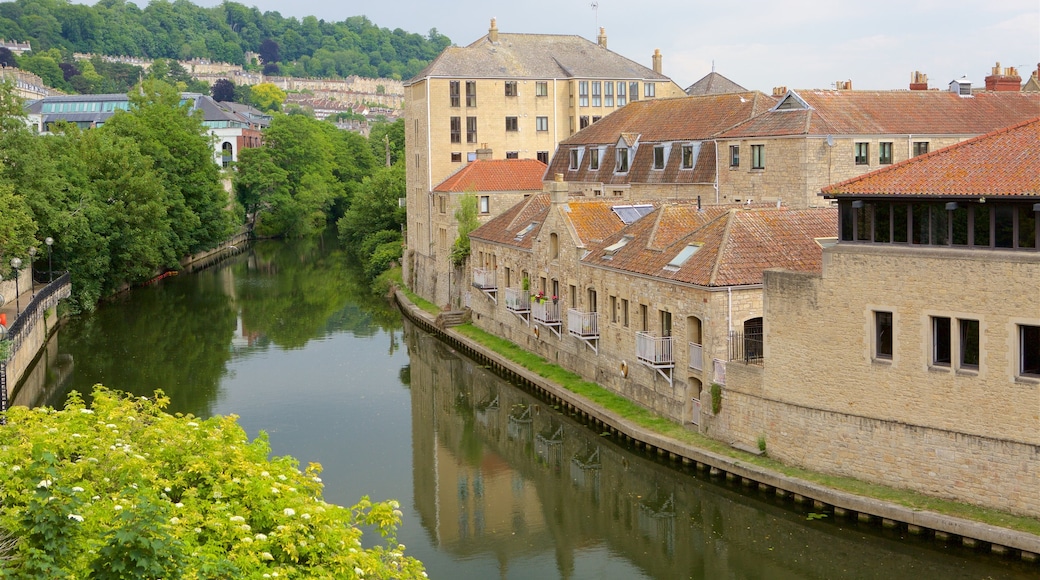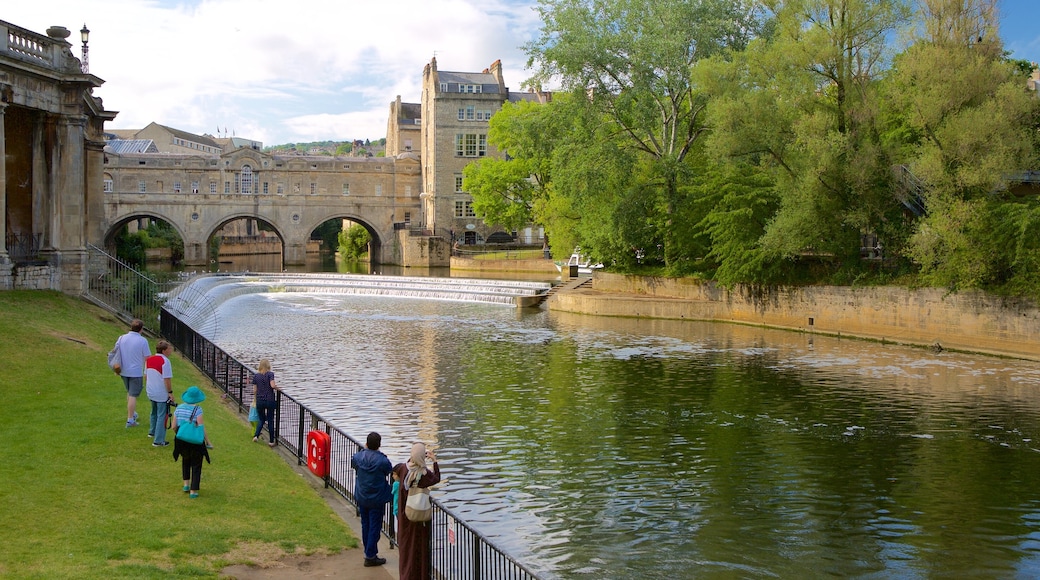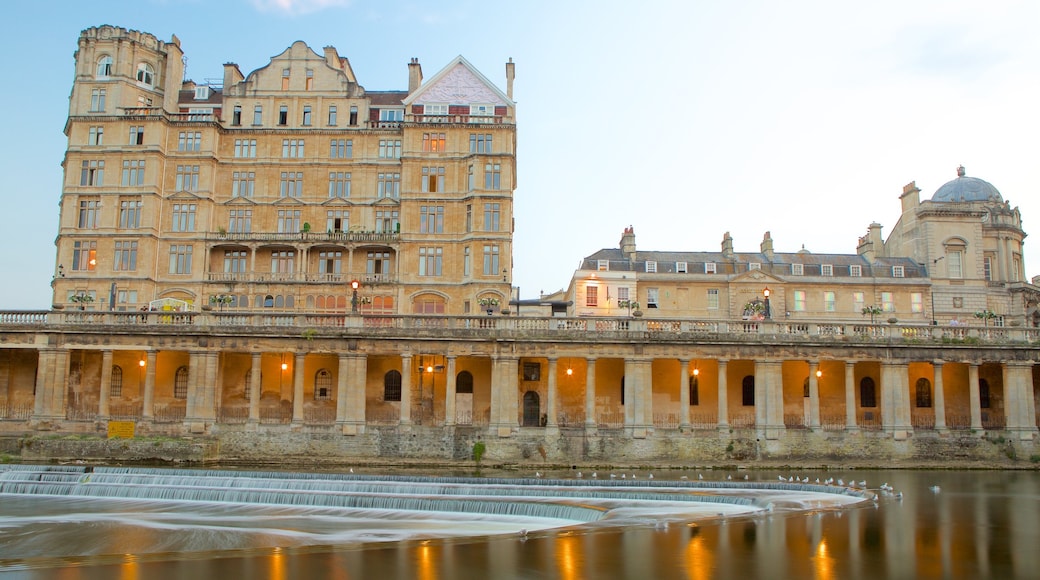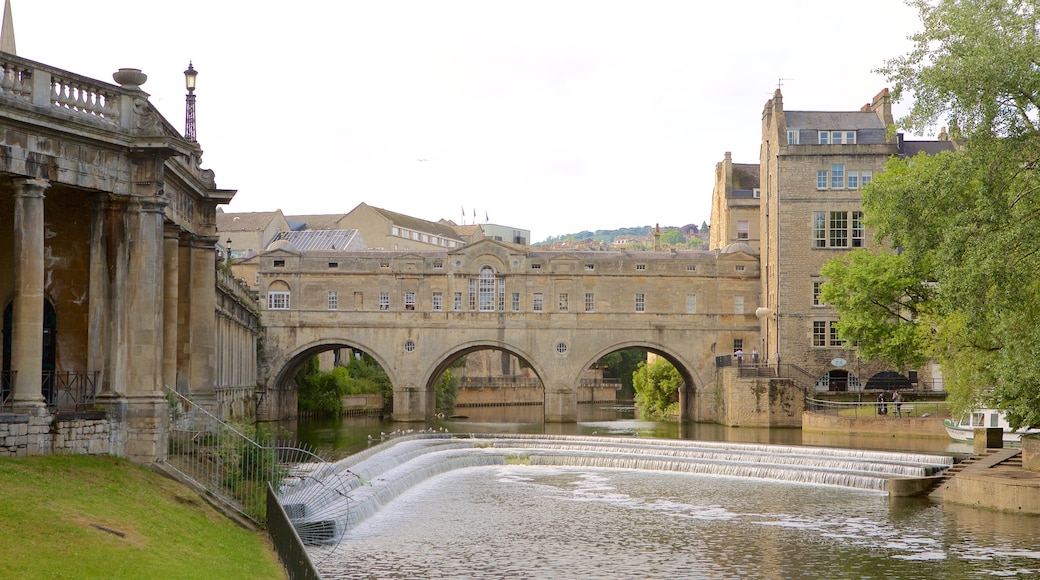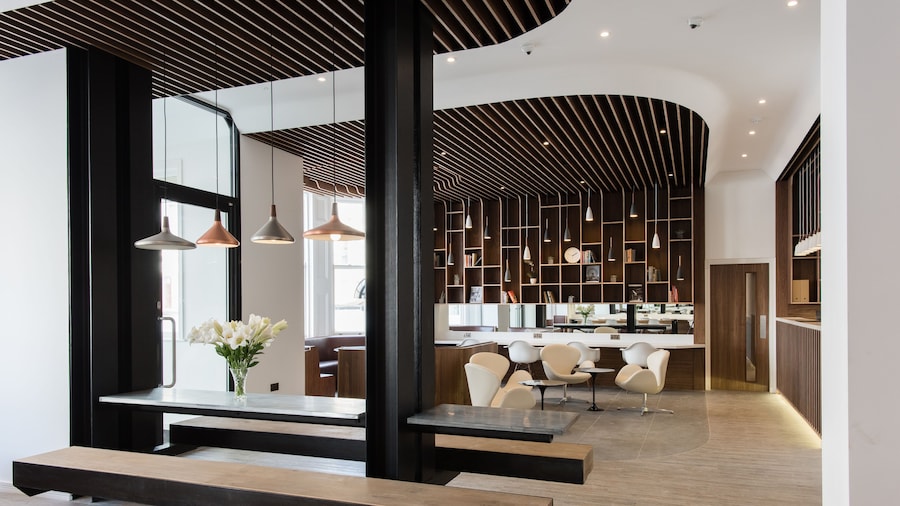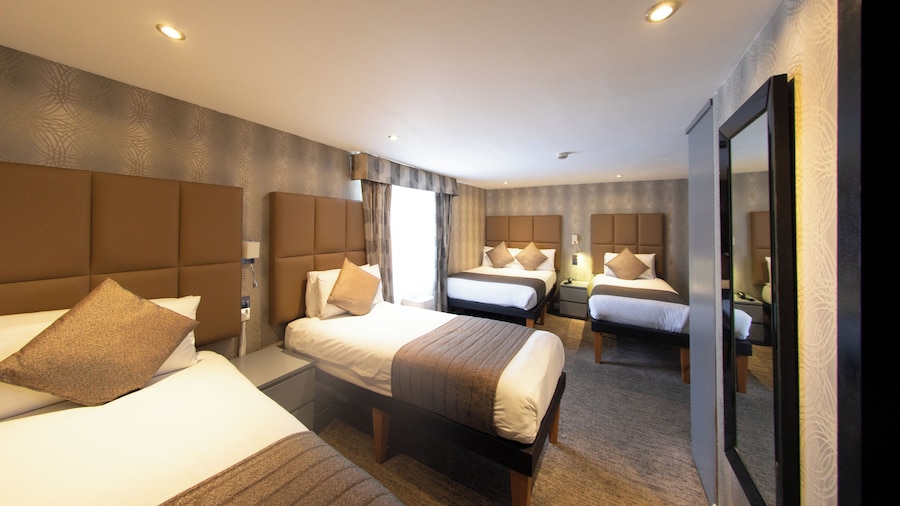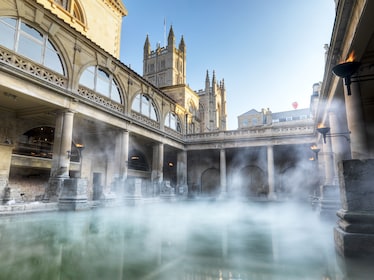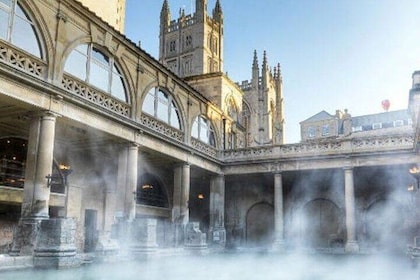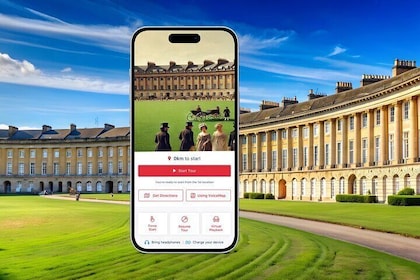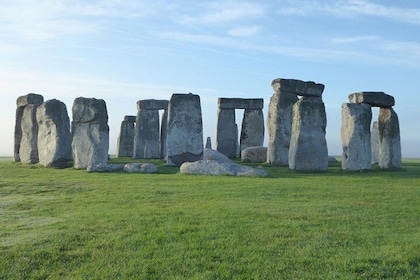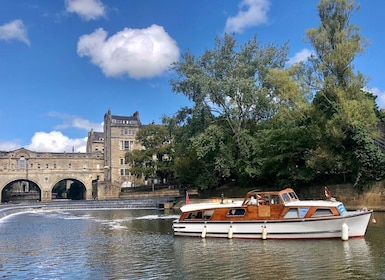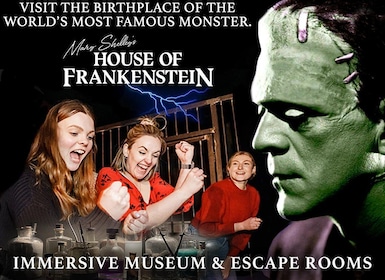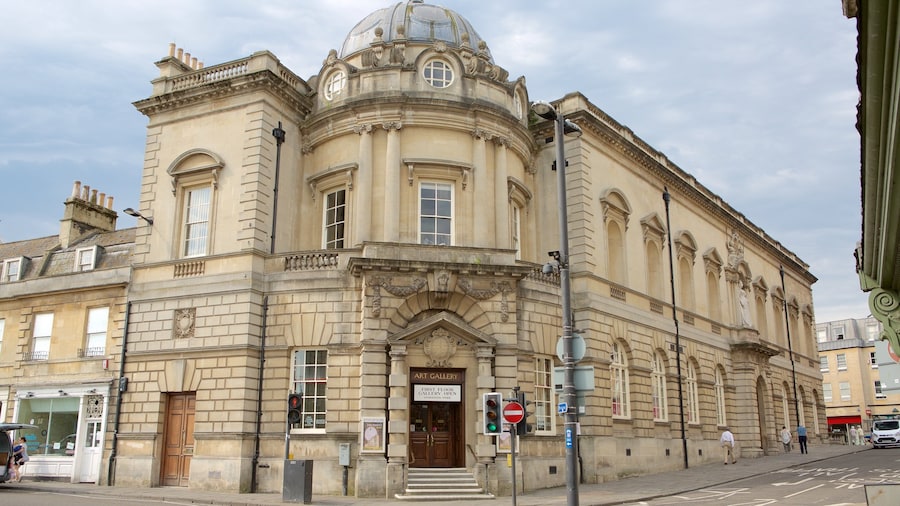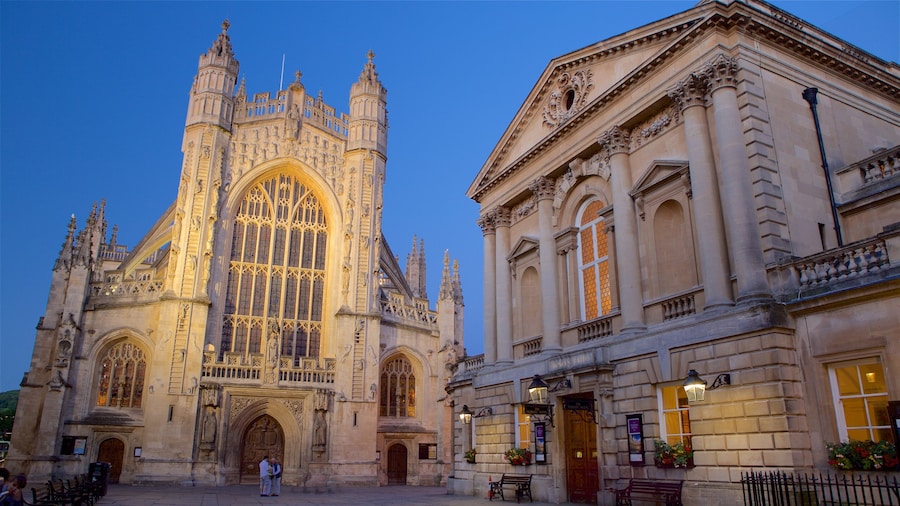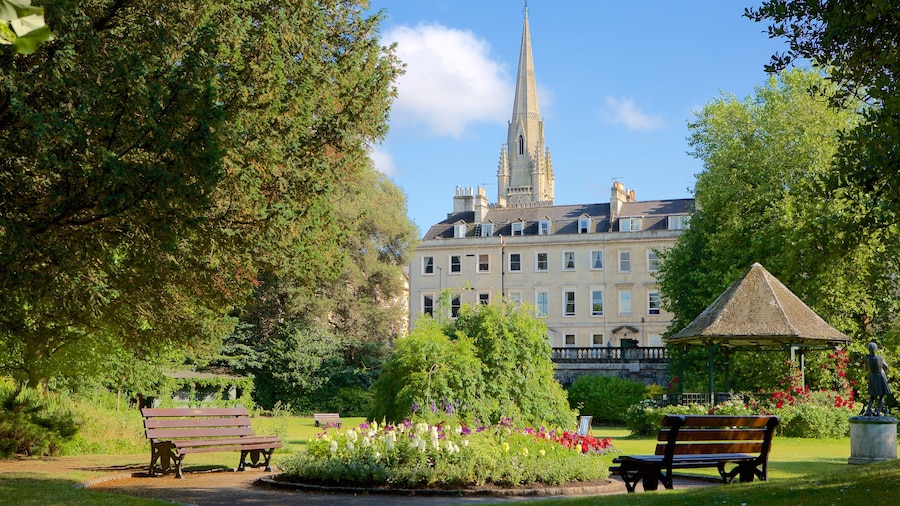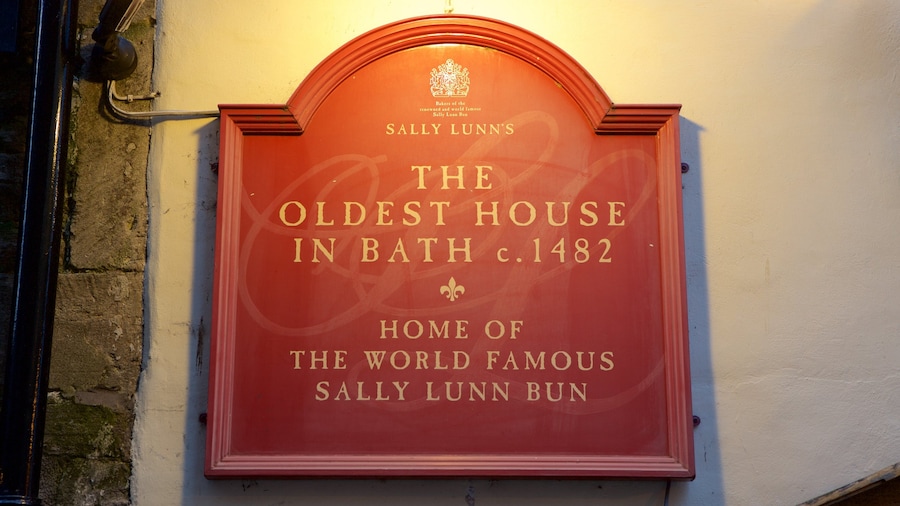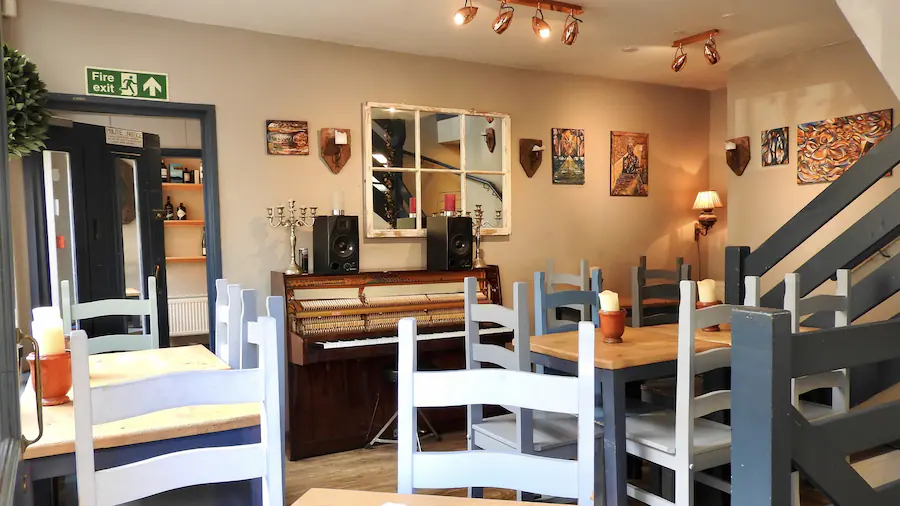One of only a handful of shop-lined bridges in the world, this architectural marvel has quirky stores and great views.
Stroll along Pulteney Bridge for fantastic views of the River Avon and the architectural splendor of Bath. Eat at one of the bridge’s cafés or restaurants and shop in the numerous quirky stores. Head into the city to admire the bridge from other angles and see it lit up at night.
Stare out over the bridge for fantastic views. Watch boats along the River Avon and admire the Pulteney Weir. The location is so impressive that it was chosen as the location of one of the pivotal scenes in the 2012 film Les Misérables, with Russell Crowe. Walk along the riverbanks to get great views of the bridge itself, with the rear of the shops rising out over the river. The view is particularly impressive at night, when lights hit the bridge from either side and the weir itself glows.
Admire the old-fashioned storefronts that line the bridge. Stop in to do some shopping. The bridge tends to attract independent businesses rather than chain stores browse antique stores, florists, music stores and more. Stop for refreshments in one of the bridge’s cafes or restaurants.
The bridge was commissioned by William Pulteney in the 1700s and was intended to expand the city of Bath across the river. The construction was fraught with difficulties. First it faced opposition from locals, who saw a shop-lined bridge as a medieval throwback. When it finally opened, few tenants came forward. The original design was spoiled repeatedly by floods, storms and storekeepers themselves, who modified the windows and expanded out over the river. In 1936 Bath City Council bought the remaining stores. See the restored bridge, which once again reflects the architect’s original vision.
Reach Bath’s city center by train or bus and you’ll find Pulteney Bridge nearby. If you prefer to drive, use one of the parking lots found throughout the area. The shops have differing opening times, but the bridge itself does not close and has no entrance fee.
